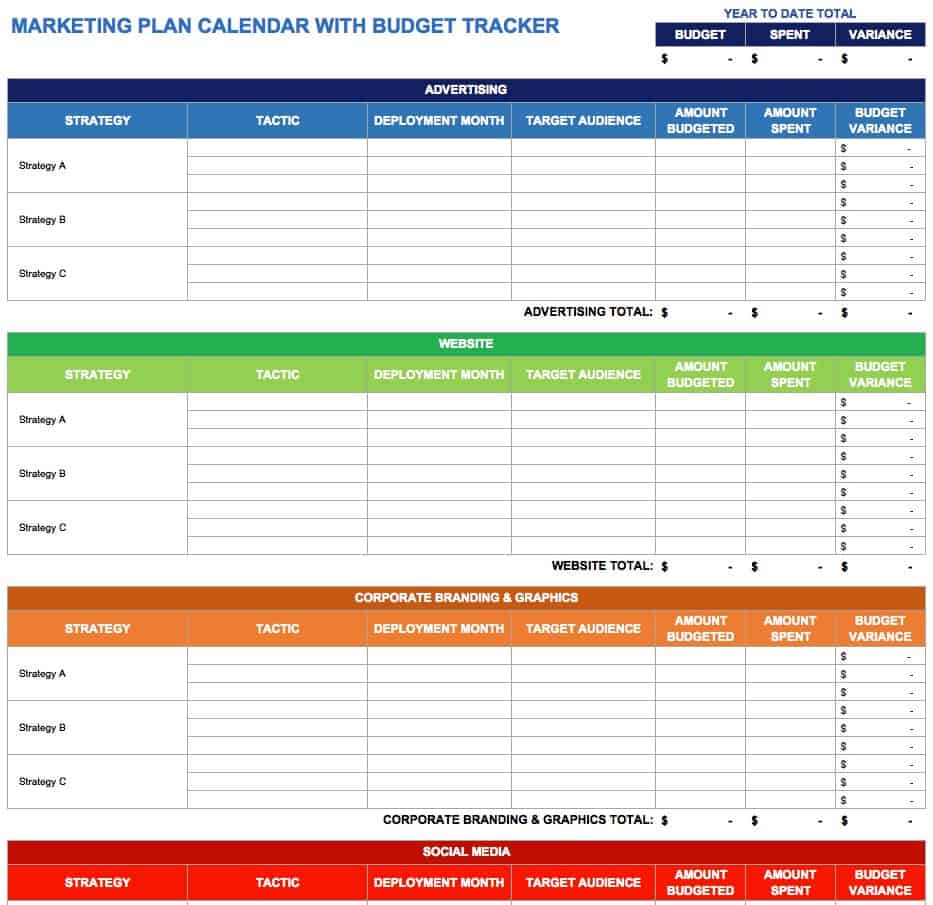Calculations and Transfer Function
The behaviour of a NN (Neural Network) depends on both the weights and the input-output function (transfer function) that is specified for the units. This function typically falls into one of three categories:
Powerful Forecasting With Ms Excel Pdf
For linear units, the output activity is proportional to the total weighted output.
For threshold units, the output is set at one of two levels, depending on whether the total input is greater than or less than some threshold value.
For sigmoid units, the output varies continuously but not linearly as the input changes. Sigmoid units bear a greater resemblance to real neurons than do linear or threshold units, but all three must be considered rough approximations.
It should be noted that the sigmoid curve is widely used as a transfer function because it has the effect of 'squashing' the inputs into the range [0,1]. Other functions with similar features can be used, most commonly tanh which has an output range of [-1,1]. The sigmoid function has the additional benefit of having an extremely simple derivative function for backpropagating errors through a feed-forward neural network. This is how the transfer functions look like:
To make a neural network performs some specific task, we must choose how the units are connected to one another (see Figure 1.1), and we must set the weights on the connections appropriately. The connections determine whether it is possible for one unit to influence another. The weights specify the strength of the influence.
Typically the weights in a neural network are initially set to small random values; this represents the network knowing nothing. As the training process proceeds, these weights will converge to values allowing them to perform a useful computation. Thus it can be said that the neural network commences knowing nothing and moves on to gain some real knowledge.
To summarize, we can teach a three-layer network to perform a particular task by using the following procedure:
We present the network with training examples, which consist of a pattern of activities for the input units together with the desired pattern of activities for the output units.
We determine how closely the actual output of the network matches the desired output.
We change the weight of each connection so that the network produces a better approximation of the desired output.
The advantages of using Artificial Neural Networks software are:
They are extremely powerful computational devices
Massive parallelism makes them very efficient.
They can learn and generalize from training data – so there is no need for enormous feats of programming.
They are particularly fault tolerant – this is equivalent to the “graceful degradation” found in biological systems.
They are very noise tolerant – so they can cope with situations where normal symbolic systems would have difficulty.
In principle, they can do anything a symbolic/logic system can do, and more.
Real life applications
The applications of artificial neural networks are found to fall within the following broad categories:
Manufacturing and industry:
- Beer flavor prediction
- Wine grading prediction
- For highway maintenance programs
- Government:
- Missile targeting
- Criminal behavior prediction
Banking and finance:
- Loan underwriting
- Credit scoring
- Stock market prediction
- Credit card fraud detection
- Real-estate appraisal
Science and medicine:
- Protein sequencing
- Tumor and tissue diagnosis
- Heart attack diagnosis
- New drug effectiveness
- Prediction of air and sea currents
Testimonials
'The interactive book is really handy for learning the content of the book. The dynamic examples illustrate the theories clearly and give a deep impression to readers.'
-- Dr. Jonathan Choo, Kentucky State University
'I thought the content was very good and certainly more complete than most books on the market today. I particularly liked the idea of having practical examples that show how the networks can actually be used.'
-- Berk Cyma, Metal Africa LLC, South Africa
'The templates are excellent. I am very happy with the results and will be spending a lot less on consultants.'
-Ahmed Satil, Bangalore, India
'Great analysis, templates and resourcefulness. I love the quality of the information and it is delivered in an easy-to-understand format.'
-Sue Mayne, General Electric (USA)
'The tools and templates are very thorough and just by themselves provided great detail. A wonderful and timeless value.'
-John Warner, System Engineer, AOL
'Good research and excellent documentationwell worth the money.I've been working in technical research for the past 15years, and this is the lowest cost and highest value work I have ever seen.'
-Roy Lee, UMIST (Australia)


